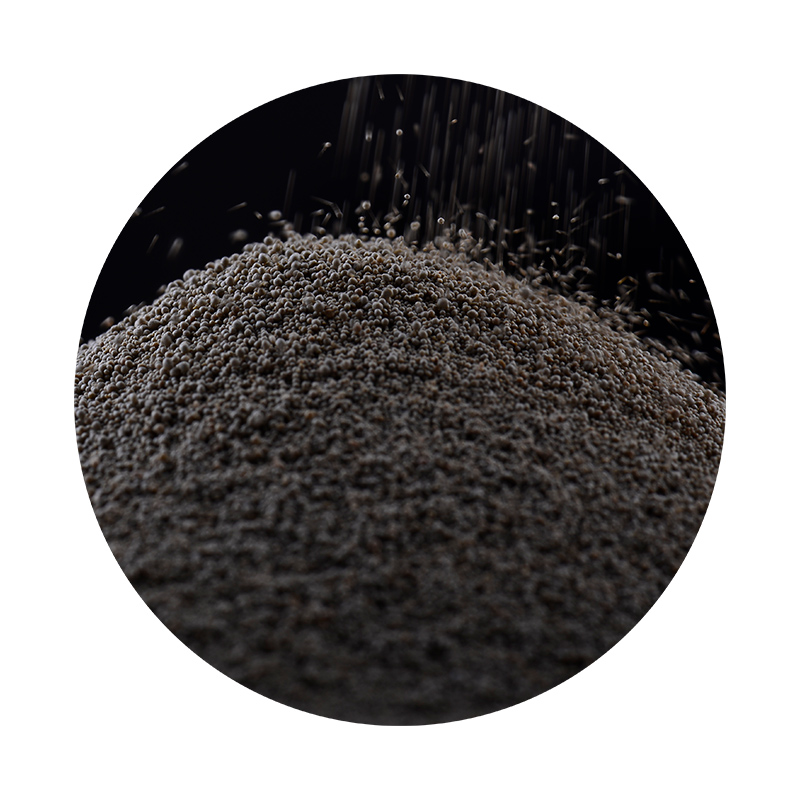The Advantages of Sand Casting
Sand casting is one of the oldest and most versatile metal casting processes. It involves the use of sand as the primary mold material and offers several advantages that make it a popular choice in various industries, from automotive to aerospace. In this article, we will explore some of the key benefits of sand casting, highlighting why it continues to be a preferred method for many manufacturers.
Cost-Effectiveness
One of the most significant advantages of sand casting is its cost-effectiveness. The materials used in sand casting, primarily sand, are inexpensive and readily available. Additionally, the process does not require high initial investments in sophisticated equipment or molds. This affordability makes sand casting an attractive option for small to medium-sized runs, as companies can save on both production costs and capital investments while still achieving high-quality results.
Versatility
Sand casting is extremely versatile in terms of the types of metals and alloys that can be used. It is suitable for various materials, including aluminum, bronze, iron, and steel. This flexibility allows manufacturers to produce a wide range of products, from intricate designs to large components. Furthermore, sand casting can easily accommodate changes in design, making it easier for companies to adapt to market demands or customer specifications.
Complex Shapes and Sizes
Another significant advantage of sand casting is its ability to produce complex shapes and sizes. The process allows for intricate designs that may be challenging or impossible to achieve with other casting methods. Additionally, sand molds can be built in various sizes, enabling manufacturers to produce both small, detailed parts and large components seamlessly. This adaptability is a considerable boon for industries where specific dimensions and complex geometries are crucial.
sand casting advantages

Durability and Strength
Sand cast products are known for their durability and strength. The process creates a dense pattern that can withstand high temperatures and pressures. Moreover, the cooling process is gradual, allowing for a reduction in internal stress and the formation of stronger grain structures in the metal. As a result, sand-cast components tend to have excellent mechanical properties, making them reliable for demanding applications.
Short Lead Times
In the world of manufacturing, lead times can often impact competitiveness. Sand casting provides relatively shorter lead times compared to other casting processes. The simplicity of the mold-making process, alongside the ability to reuse sand multiple times, allows for quick turnaround on production schedules. For companies looking to rapidly prototype new products or meet tight deadlines, sand casting can be an ideal solution.
Environmental Considerations
Interestingly, sand casting has several environmental benefits as well. The primary material, sand, is abundant and can be recycled many times before it needs to be replaced. This recyclability minimizes waste and reduces the environmental impact associated with raw material extraction and disposal. Furthermore, the casting process itself can be carried out with less energy compared to other more complex casting methods.
Conclusion
In conclusion, sand casting offers numerous advantages that make it a favored choice in various manufacturing industries. Its cost-effectiveness, versatility, capability of producing complex shapes, durability, and shorter lead times contribute to its continued use and relevance in modern manufacturing. Additionally, its environmental benefits further solidify its position as a responsible and efficient casting method. As industries evolve and seek innovative solutions, sand casting will undoubtedly remain a vital component of the manufacturing landscape, providing quality and efficiency for years to come.
Post time:12월 . 17, 2024 22:24
Next:steps of sand casting
